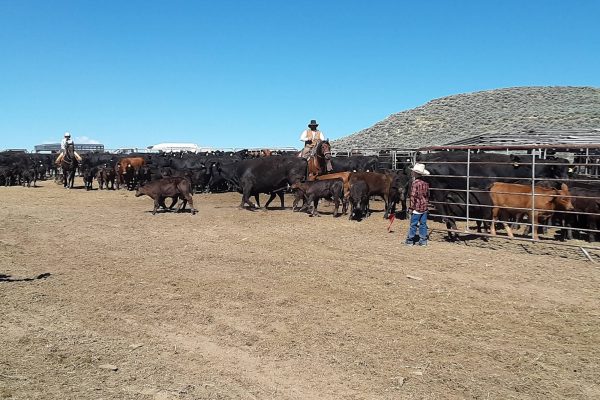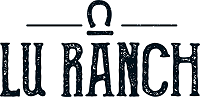How
we Operate
Traditional Methods. Family. Technology.
Here at the LU Ranch, we accomplish all of our livestock related tasks with the help of good horses, good dogs and good people; no four wheelers or motorcycles need apply. On the other side of the coin, we apply a wide array of modern technology to help our outfit run smoothly and efficiently.
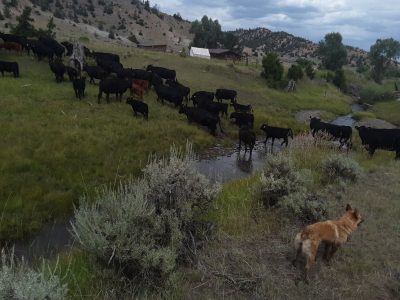
Traditional Methods
Horses have always been a necessary part of the LU Ranch. Doing all of our cattle work from horseback is less stressful on livestock and much less invasive and damaging to our plants and soils than motorized vehicles. Much of our terrain is very rugged and not conducive to any kind of motorized travel. We spend a large portion of our year on horseback, whether it’s moving cattle pasture to pasture, doctoring, monitoring health, branding, etc. We take great pride in our horses and horsemanship, as any tradesman would with a fine tool. Dogs are and have been, a valuable tool on the LU. A good dog can oftentimes replace another person and we acclimate our cattle from the time they are calves to respond to pressure from our dogs.
Family
Along with our firm belief in traditional livestock handling methods, we also try hard to uphold the family tradition of providing a good learning situation for young people, whether our own children or young employees or interns. Hopefully, through our efforts we can help keep our industry and love of the land going for generations to come.
Technology
We use some of the best technology available to manage and to collect data on our cow herd throughout the year. Every time we process our cows the computer is set up and we are recording tag numbers, health records, doctoring information or pregnancy test information. Every cow has an electronic identification tag (EID) that is easily read with a tag reader and links directly to their file in the computer software. Animal records begin when a calf is tagged and a record is compiled on each animal over its lifetime, to include sire, DNA results, progeny, and weight information. We also use the latest technology in veterinary medicine; keeping up to date on vaccination protocols, available products and preventative measures allows us to keep our herd as healthy as possible.
A Typical Year
In January we finish moving our range cows down to winter pasture and start micromanaging the water systems to comply with herd movements. Mid-February starts off calving season with the 250 or so first-calf heifers. They are artificially inseminated (AI) all in one day and follow up with bulls for about a 45-day calving period. Day and night-shift calvers stay with the heifers to ensure they have no trouble; during heavy calving, we can have 20 or more calves a day. In March, while the heifers are still calving, the older cows ranging in our lower country start calving, and we are still checking water and putting out protein supplement for the range cows.
April, May and June are our spring work months; the cows are run through the chute for accountability and to receive vaccinations and parasite control. The calves are tagged, vaccinated and branded. As we complete the processing, we move the cow-calf pairs toward our upper-country summer pastures. Also, in May we AI our replacement heifers and haul them back to the ranch from the local backgrounding lot where they spent the winter.
In July we have the veterinary pregnancy-test the AI’d heifers; we aim for between 180-260 bred heifers depending on how many replacements are needed that year. At the end of August and the beginning of September, we conduct our weaning process and the calves are shipped to the local backgrounding lot. The follow-up vaccinations after weaning are given to the steer calves and the heifers receive their shots and DNA samples are taken. We pregnancy test all the cows in October, make sale decisions, and turn those we are keeping back out to pasture.
November and December are spent gathering bulls and getting the cows moved back to the winter pastures. Throw in irrigating, putting up hay, weed management, fencing, and water system maintenance to the mix and the crew has a very busy year.
Our History
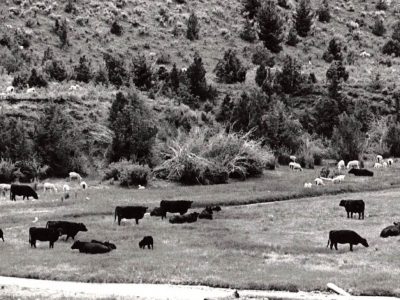
Under Dan Healy’s management (1952-1990), the ranch began to focus on the issue of overgrazing by building perimeter fences to help manage grazing. Under Dan Healy, the ranch also slowly began to transition from being primarily a sheep operation to being a commercial cow-calf operation, until the ranch finally exited the sheep business altogether in 1984.
Dan Healy’s son, Mike Healy, took over management of the ranch in 1990, and soon started working on a number of initiatives, including water development, better range management and improving herd genetics. Over the next 30 years, the LU Ranch had developed a reputation for conservation and stewardship and having an elite herd of cattle. In 2018, Mike retired and his son, DJ Healy, has since taken over management of the ranch.
Mission & Vision
The LU Ranch’s vision is to operate a profitable commercial ranch that maintains and improves the health and wellbeing of the social and environmental ecosystems in which we live and work. We do this by combining new ideas, techniques and technology with tried-and-true methods to constantly improve our ability to bring high quality beef to market using sustainable ranching practices.
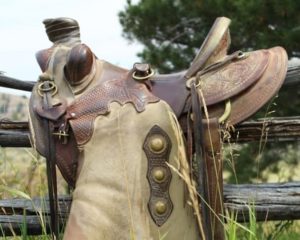
As a business, the LU Ranch must be profitable in order to sustain itself. However, we firmly believe that profit in and of itself is not the goal we want to pursue. We want to have a positive impact on our community, and we are absolutely committed to preserving the environmental wellbeing of the land we live and work on. It is with these criteria that we evaluate our decisions, because caring for the ranch, the people we live and work with and the land we live and work on is both our responsibility and our passion.
Ranching is a fairly unique type of enterprise given how much it is steeped in tradition and hard earned wisdom that continues to stand the test of time. All the while, technological innovations of all kinds, ranging from nutrition and genetics to e-commerce and distribution constantly provide new opportunities and threats (both real and imagined).
It is within this environment that we constantly strive to find the best way to pursue our vision. Some immediate examples of of how we embrace traditional methods and utilize new technologies include our policy of only working cattle on horseback and how we use DNA testing to improve our herds genetics.
Our Team
DJ Healy
Ethan Brost
Russ Hohnhorst
DJ Healy
Donny Love
Russ Hohnhorst
Barbara Love
Thank you!
The LU would also like to thank all the neighbors, friends and family members for your countless hours of help.
